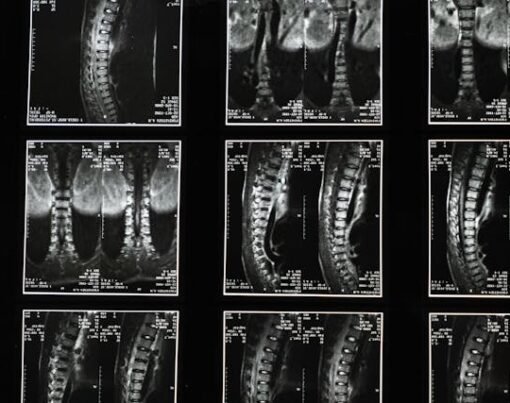In the intricate tapestry of our lives, we may encounter moments that leave an indelible mark on our minds, casting shadows that linger long after the events have passed. According to Sherief Abu-Moustafa, big or small trauma can impact our mental health, creating barriers to happiness and well-being. Eye Movement Desensitization and Reprocessing (EMDR) therapy is a revolutionary approach to healing that is changing lives by helping individuals break free from the chains of trauma and restore their mental health.
Table of Contents
Understanding Trauma
Trauma comes in various forms, from the shock of a car accident to the enduring pain of childhood abuse. These experiences can overwhelm our natural coping mechanisms, leaving a lasting imprint on our minds and bodies. Traditional talk therapy, while valuable, may sometimes fall short in addressing the deep-seated impact of traumatic events. This is where EMDR therapy steps in, offering a unique and effective way to process and heal from trauma.
The Mechanics Of EMDR
Francine Shapiro developed EMDR in the late 1980s, and it has since gained widespread recognition as a highly effective therapeutic approach. The therapy involves a structured eight-phase process incorporating bilateral stimulation, typically through side-to-side eye movements.
This rhythmic stimulation is thought to mimic the natural processing during rapid eye movement (REM) sleep, where the brain consolidates memories and emotions. These phases are:
- History-Taking and Treatment Planning: The therapist and client collaborate to identify target memories and set therapeutic goals. Understanding the client’s history and struggles is crucial in tailoring the treatment.
- Preparation: The therapist helps the client develop coping strategies and relaxation techniques to manage any emotional distress that may arise during the sessions.
- Assessment: Target memories are identified, and the client rates the disturbance associated with each memory on a subjective scale. This establishes a baseline for progress.
- Desensitization: The core of EMDR therapy, this phase involves the bilateral stimulation that helps the client process memories and associated emotions. As eye movements or other forms of stimulation occur, the client engages in free association, allowing the mind to reprocess the traumatic memories naturally.
- Installation: Positive beliefs and emotions are reinforced to replace the negative ones associated with the traumatic memories. This step fosters a sense of empowerment and resilience.
- Body Scan: Attention is turned to physical sensations associated with the trauma, promoting holistic healing and integration of mind and body.
- Closure: The therapist ensures the client is emotionally stable before concluding each session. This may involve grounding techniques and self-soothing strategies.
- Reevaluation: In subsequent sessions, the therapist and client reassess the progress and address any remaining issues.
The Power Of Bilateral Stimulation
The eye movements, or other forms of bilateral stimulation used in EMDR therapy, play a crucial role in the reprocessing of traumatic memories. While the exact mechanism is not fully understood, it is believed that rhythmic stimulation helps the brain process and integrate distressing memories, allowing them to be stored in a more adaptive and less distressing form.
Breaking The Stigma
Despite its proven efficacy, EMDR therapy still faces some skepticism and stigma. The rhythmic eye movements may seem unconventional, and the therapeutic process may differ from traditional talk therapy. However, the growing body of research supporting the effectiveness of EMDR, combined with the multitude of success stories, is challenging these misconceptions.
Conclusion
Trauma is a formidable foe that can cast a long shadow, but EMDR therapy offers hope and healing. This innovative approach breaks free from conventional talk therapy by tapping into the brain’s natural ability to process and integrate memories. As more individuals share their transformation stories and professionals embrace this powerful tool, EMDR therapy emerges as a beacon of light for reclaiming lives from trauma’s clutches. Let’s recognize the potential of EMDR therapy in breaking chains and restoring mental health, one rhythmic movement at a time.










